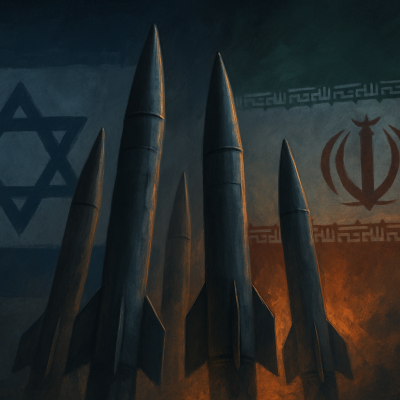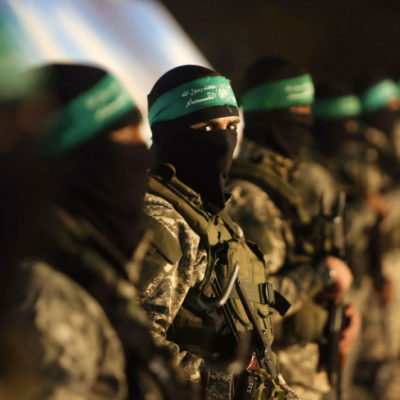
Mounting Tension: Similar to a pressure system reaching capacity, the scenario involves escalating stress or conflict that accumulates over time within a specific geopolitical context.
The interplay of various dynamics reflects the delicate balancing act the U.S. performs in a region where its diplomatic, military, and strategic interests converge amidst a complex tapestry of local and international relations. Symbolically, “Tipping Point” signifies the critical juncture at which accumulated stress or conflict acts as a catalyst for change when it is at its most transformative.
To deal with the future we have to deal with possibilities. Analysis will only tell us ‘What is’. Edward de Bono, Parallel Thinking
Sources:
Andrew Curry and Wendy Schultz. “Road Less Traveled: Different Methods, Different Futures.” Journal of Future Studies. May 2009.
https://jfsdigital.org/wp-content/uploads/2014/01/134-AE03.pdf
De Bono,Edward.Parallel Thinking.1990
Congressional Research Service. “Iran: Background and U.S. Policy.” Updated January 26, 2024.https://crsreports.congress.gov/product/pdf/R/R47321#:~:text=Iran’s%20government%20seeks%2C%20among%20other,Foreign%20Terrorist%20Organizations%20(FTOs).
Jonas Svava Iversen. “Futures Thinking Methodologies — Options Relevant For ‘Schooling For Tomorrow.’” OECD. http://www. oecd.org/education/ceri/35393902.pdf.
Joseph S. Nye Jr. “Peering into the Future.” Foreign Affairs. July1994. https://www.foreignaffairs.com/articles/1994-07-01/peeringfuture
Middle East Policy. “The US Reassesses Its Role in the Middle East.” 1 March,2024.https://mepc.org/commentary/us-reassesses-its-role-middle-east.
Salami,Mohammad. “The Role of Militias in Iraq: Evaluating their Impact and Strategies for Mitigation.”French Research Center on Iraq,, 21 February, 2024,https://cfri-irak.com/en/article/the-role-of-militias-in-iraq-evaluating-their-impact-and-strategies-for-mitigation-2024-02-2





